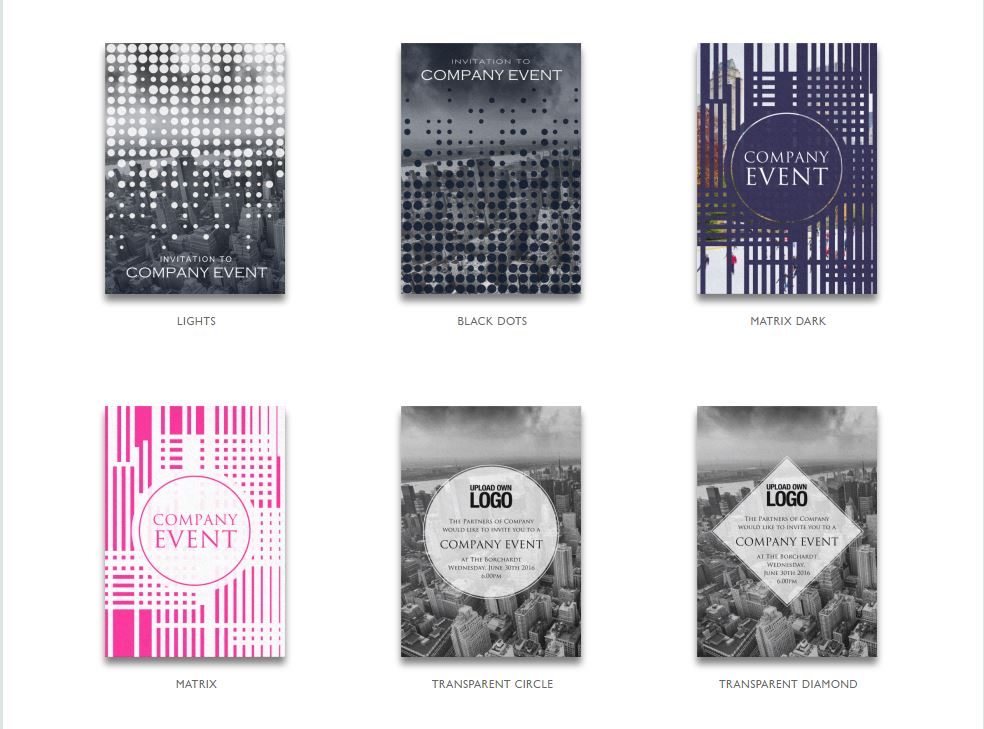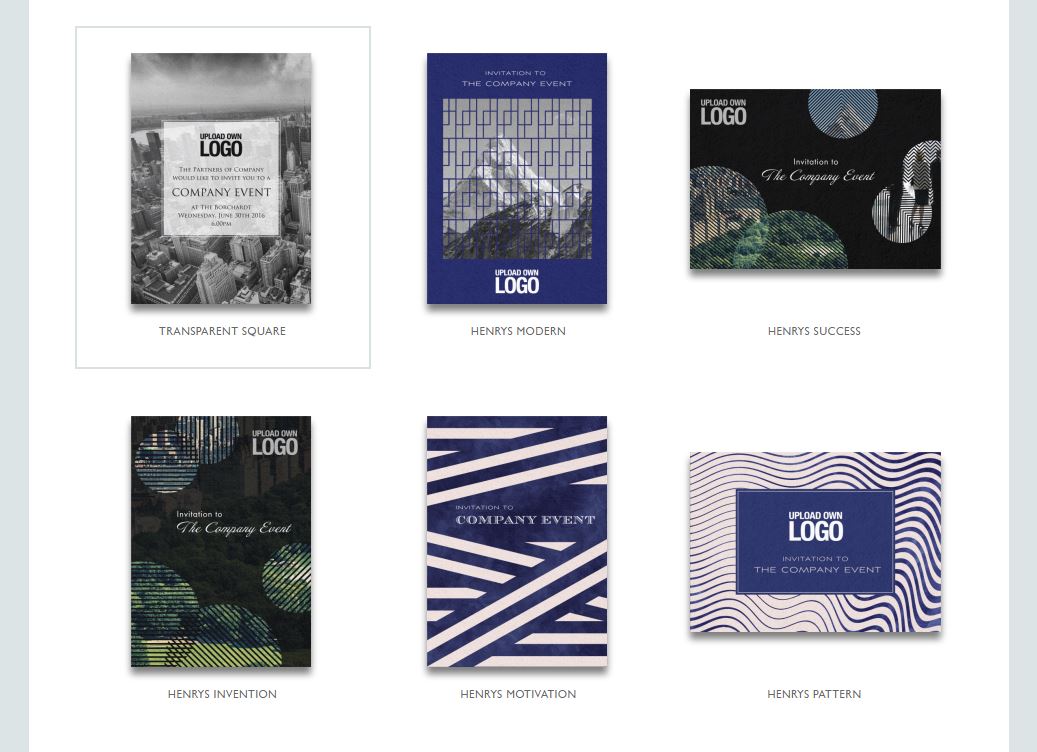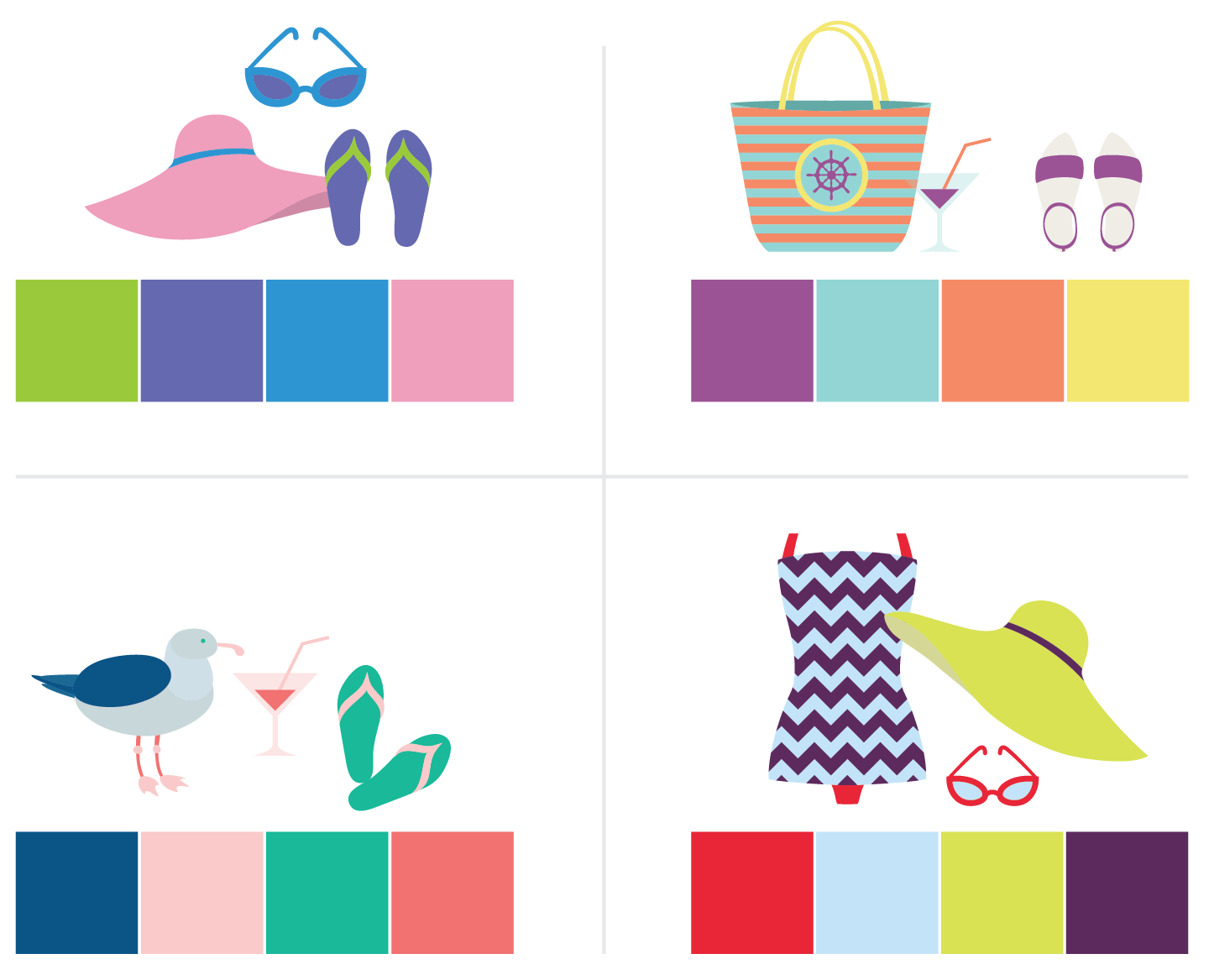If you’re like most, commercial breaks are usually spent browsing your phone or grabbing a quick snack before your favorite show comes back on. Banner ads and popups are quickly ignored, and you probably change the station quickly when you hear an annoying radio ad.
Purchase Funnel
Awareness: customer is aware of product or service
Interest: customer is going out of their way to seek the product
Desire: customer wants or aspires to brand/ product
Action: customer is planning to purchase product/ service
People have grown tired of traditional in-your-face marketing tactics. We can tell when a company is trying to get us to buy something. Seriously, who looks that excited about going to Walmart on Black Friday? In an effort to connect to consumers and gain trust, more and more businesses are utilizing inbound marketing.
What is it?
Inbound marketing is the promotion of a business through blogs, newsletters, podcasts, social media, videos, and SEO. Inbound marketing is all about being found naturally. You want potential customers to come to you, rather than having to hunt for them yourself. Customers spread awareness about the brand by reblogging content, sharing posts, and discovering the company naturally during regular search inquiries.
Generating Leads
The main key to successful inbound marketing, is creating content tailored specifically to your target customer. You then want to make sure to post content on the appropriate channel so that your potential lead can find it and become a customer. For example, if your target client is a parent looking for healthy recipes or school supplies, you wouldn’t want to post them on Tumblr, because those tips would probably never be found.
It’s crucial to do your research and to think like your customer. Where do they go for information? What social media platforms do they use? What key words would they use to search online? When and how often do they make a purchase? Understand your demographics and do your homework so that future leads can find your business organically and eventually become long term customers.
Inbound vs Outbound Marketing
Outbound marketing is quickly becoming outdated and costly. In fact, inbound marketing costs 62% less per lead and 79% of businesses with a blog report that they’ve experienced higher returns when using this marketing tactic.
4 Step Inbound Marketing Strategy
Inbound marketing may sound complicated and difficult to implement, but it can be fairly simple. We’ve broken down the 4 steps to help you get started.
#1. Attract: The best way to attract customers is through blogs, tailored SEO tactics, well-designed websites, and social media.
Remarketing-Keep your visitors engaged by reminding them about a specific product they showed interest in.
#2 Convert: After you gain exposure and traffic, the next step is to convert those visitors into customers. Make sure to provide many opportunities for potential customers to connect by providing their email address and contact information. Incentives help, as people are more likely to give out their information in exchange for a free download or a discount code.
#3 Close: Customer Relationship Management or CRM helps keep track of all of the contact information you collect, and allows you to tailor email and newsletters specifically to each customer. Complex and in depth software typically costs hundreds to thousands of dollars, but HubSpot offers a simple version for free.
#4 Engage/Retain: Keep your customers wanting more by providing a great experience after they’ve made a purchase. Keep track of what products or features your customers respond best to, send out surveys, and continue to send personalized emails.
Hue & Tone Creative
Now that you have a basic understanding about inbound marketing, start working on your own strategy. Why spend time and unnecessary money hunting for possible leads, when you can help them come to you?
Need tailored assistance with your inbound marketing campaign? Let’s team up! Reach out to Hue & Tone today: 336-365-8559 or hannah@hueandtonecreative.com.













































































